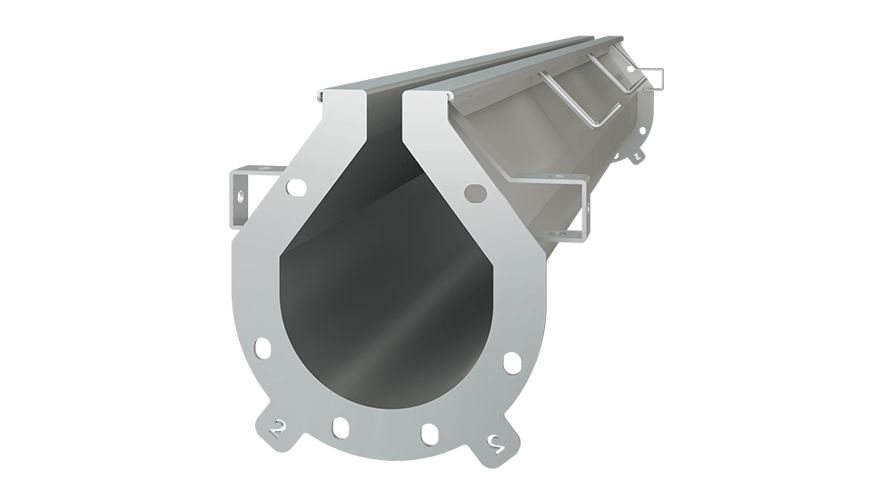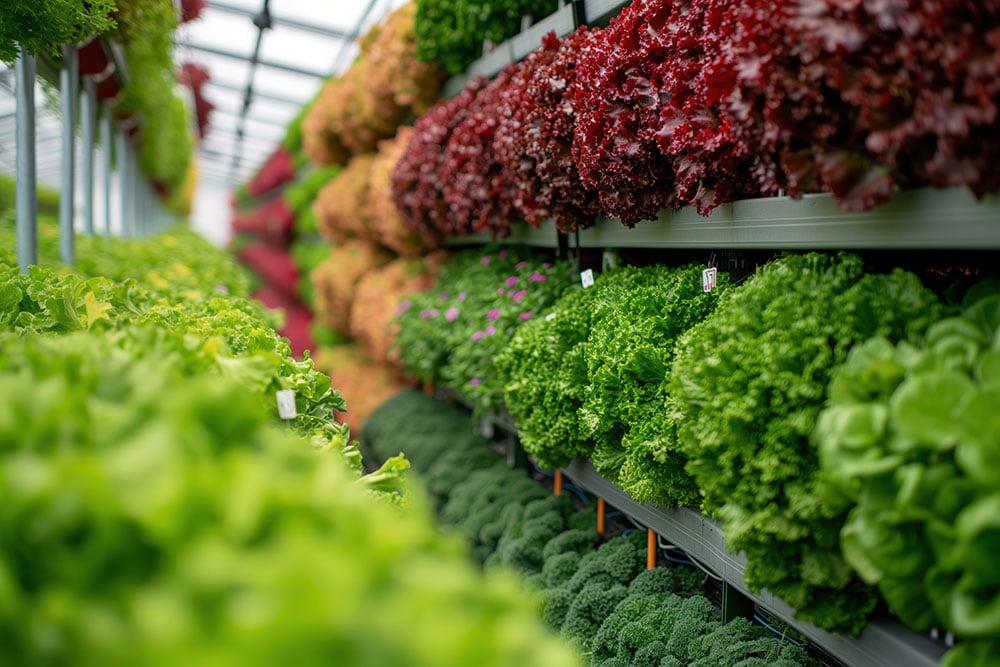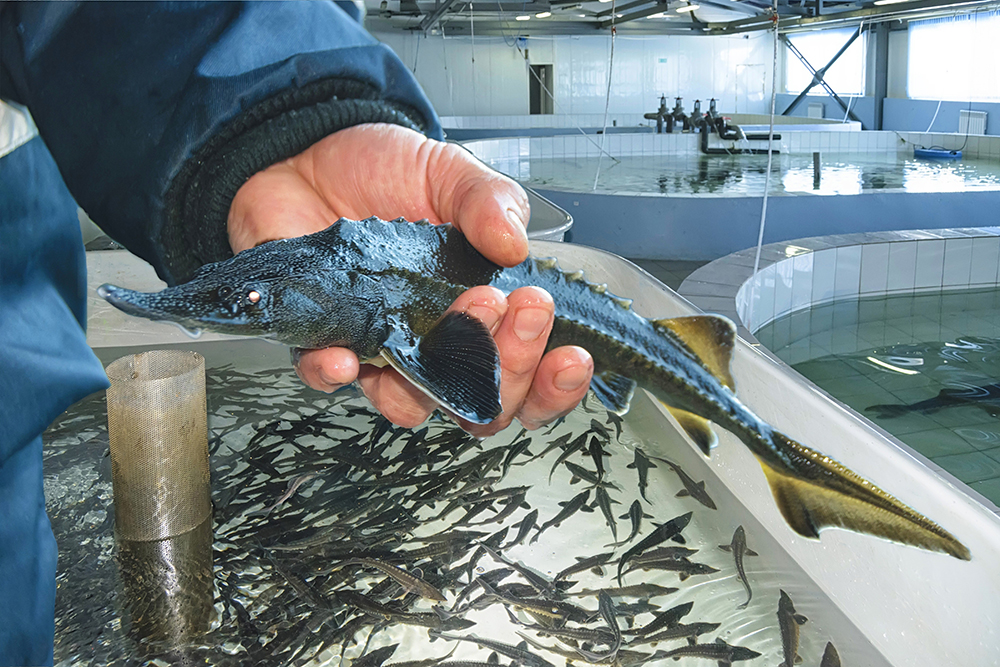Farming has existed since ancient times, with civilizations growing much of the food needed to survive. Over time, population growth has taken land away from farming, and climate change has negatively impacted other arable land. Traditional agricultural practices cannot meet the higher demand for goods, which has led to a search for a solution. The solution has come in the form of vertical farming, now considered the future of agriculture.
WHAT IS VERTICAL FARMING?
Vertical farming is a growing approach to farming in response to growing cities and populations, food shortages, and lack of resources. With this farming technique, crops are grown vertically in indoor spaces in order to allow farmers to grow more year-round. Unlike traditional farming, vertical farming doesn't produce carbon dioxide, doesn't require pesticides, and uses significantly less water, which adds to the numerous benefits.
These farms use a method called controlled environment agriculture (CEA) to achieve their results, with farms set up in existing warehouses or shipping containers. A vertical farming design requires some key elements to create the optimal growing environment. These key elements include:
1. MULTI-LAYER PRODUCTION SHELVES
The goal of a vertical farm is to maximize the available space. Vertical farms use tall, multi-layer shelving to grow the plants. Shelves need to offer durability and can withstand the warehouse climate without rusting, eroding, or suffering any other damage. There are many kinds of vertical racks for agriculture; some are stationary, while others are mobile, and can have built-in LED lights on each tier. It is important to consider what is best for your farm.
2. GROWING SYSTEMS
Three growing systems are associated with vertical farming: hydroponic, aeroponic, and aquaponic.
HYDROPONIC
With a hydroponic system, the crops grow in nutrient-rich water that gets recirculated regularly. This format for growing is highly efficient and uses a lower water consumption. Types of hydroponic systems include drip irrigation, deep water culture, ebb and flow (flood and drain), and others.
AEROPONICS
Aeroponics vertical farming involves spraying crops with a nutrient-filled mist frequently, using a timer. Nutrients are delivered directly to the roots to minimize water usage and labor.
AQUAPONICS
Aquaponics combines the cultivation of fish and plants. With this form of vertical farming, plant roots are submerged in water that houses fish. These fish provide the plants with necessary nutrients and healthy bacteria, and the plants, in turn, filter the water for the fish. Aquaponics creates a balanced, highly productive ecosystem that has many benefits.
3. SINGLE-SOURCE LIGHTING
One critical feature for a successful vertical farm design is proper lighting. There are three types of lights that vertical farms can use–fluorescent, HPS, and LED, LED grows lights are the most common choice for many reasons. One significant reason is that, while the initial cost for installed LED lighting is high, they are a more energy-efficient option that will save money over time. LED lighting also produces virtually no heat, which is safer for plants. Finally, LED lights are ideal for virtually all types of produce, meaning you won't need different forms of lighting for different plants.
4. DRAINAGE
Drainage is another essential element of vertical farming design not to overlook. Having a high-quality, efficient, and sanitary drainage solution is critical to the safety of a vertical farm. FoodSafe Drains makes systems designed with food safety in mind. The FoodSafe Trench Drain and Slot Drain use T304 and T316 stainless steel in order to create a ridge-free, sanitary, NSF-certified design.

The FoodSafe Trench Drain is equipped with a tamper-proof drain cover, while the Slot Drain is designed with a slimmer opening, which eliminates the need for a cover. Both systems are compatible with a catch basin, which can help catch small debris before it continues through the system, and clean-in-place technology, which allows for automated cleaning and sanitation.
4. A RELIABLE HVAC SYSTEM
Another vital feature of vertical farm design is a reliable HVAC system. HVAC systems are vital to regulating the warehouse's temperature, humidity levels, and air quality. The better the system, the better that everything will be maintained to ensure the crops' health and safety. It is also vital to keep energy efficiency in mind, as you don't want an HVAC system to cause your operating costs to become too high.
MAKING THE CHANGE TO VERTICAL FARMING

Agriculture will always be an essential part of life. As times change, agricultural methods need to grow and change with them. Vertical farming is one of many new forms of agriculture, and it can significantly impact the world's food supply when set up and managed correctly. This article covers just a few key elements necessary for a good vertical farming design, but there are many other things to consider. Every feature mentioned is critical to the design, particularly the drainage, for maintaining a safe, sanitary facility.
Take the time to understand these elements, and contact FoodSafe Drains today to learn more about how their drainage solutions are excellent options for a vertical farm.


